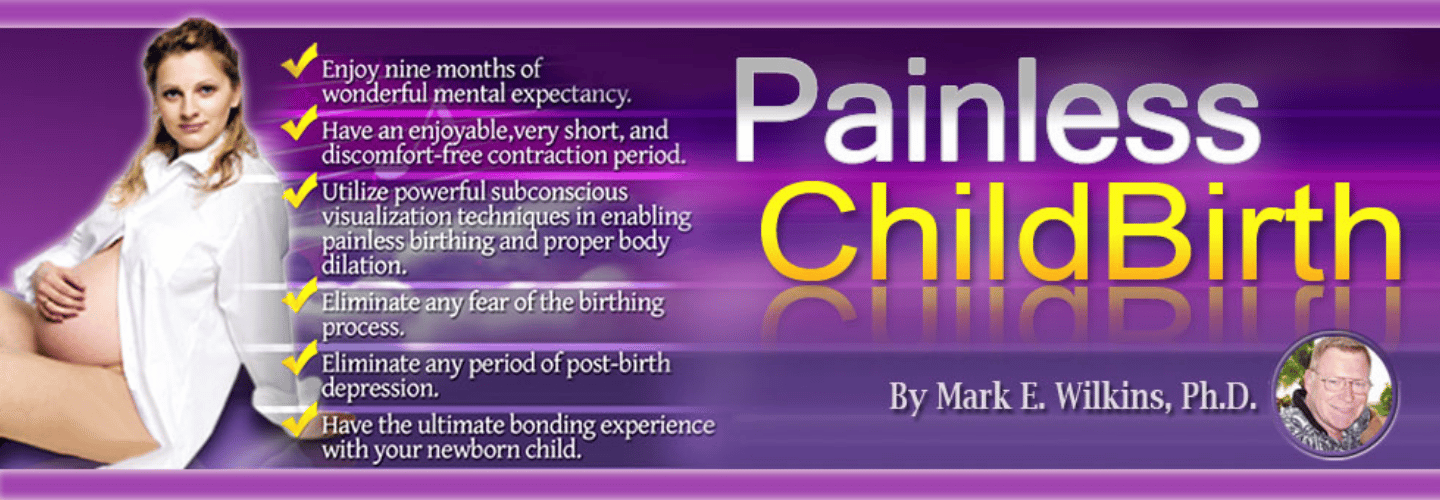
In the domain of childbirth, the debate between hypnosis and traditional pain management methods has sparked compelling discussions among expectant mothers and healthcare providers alike. While traditional techniques have long been trusted for their effectiveness, the rise of hypnosis as a non-pharmacological approach presents an intriguing alternative that warrants closer examination. As we explore the world of pain-free childbirth, delving into the nuances of hypnosis versus traditional methods may reveal surprising insights into the holistic approaches available to women during this transformative experience.
Research Findings on Pain Relief
Research findings on pain relief during childbirth highlight the potential benefits of utilizing hypnosis as a non-pharmacological method to reduce analgesia use. Studies have shown that women using hypnosis during labor may experience decreased reliance on traditional pain relief methods, such as medication.
In comparison to standard care, hypnosis has demonstrated promising results in reducing the need for pharmacological interventions, such as epidurals, during labor. Additionally, research indicates that there is no significant difference in satisfaction levels regarding pain relief and coping strategies between women who used hypnosis and those who received standard care. This suggests that hypnosis could offer a viable alternative for managing labour pain effectively.
Moreover, the safety concerns associated with pharmacological pain management methods underscore the importance of exploring non-pharmacological options like hypnosis. While more large-scale, well-designed trials are necessary to establish the efficacy and safety of hypnosis for pain relief during childbirth, current evidence supports its potential as a valuable tool in promoting positive birth experiences.
Benefits of Hypnosis in Labor
Moreover, exploring the advantages of hypnosis in labor reveals a non-pharmacological approach that offers promising benefits for managing pain during childbirth. Clinical trials have provided evidence regarding the effectiveness of hypnosis in pain management, showing clear differences in outcomes between the hypnosis group and those receiving pharmacological analgesia.
Women who underwent hypnosis during labor reported higher satisfaction with pain relief in labor, indicating the potential for improved experiences during childbirth. Additionally, studies suggest that hypnosis may lead to a higher confidence interval in achieving spontaneous vaginal births, showcasing its positive impact on the birthing process.
Moreover, women utilizing hypnosis for pain relief express a preference for holistic approaches and seek more information on non-drug pain control methods, highlighting the growing interest in alternative pain management strategies. Continued research through well-designed trials is essential to establish the efficacy of hypnosis in clinical practice and further enhance the options available to women during childbirth.
Efficacy of Traditional Pain Management

Traditional pain management methods in childbirth encompass a range of interventions, including pharmacological approaches like epidurals and opioids, as well as non-pharmacological techniques such as breathing exercises and massage.
Epidurals, a common pharmacological method, provide numbing from the waist down, while opioids like morphine can manage pain but present side effects.
Non-pharmacological techniques, including breathing exercises and massage, aim to reduce emotional stress and pain during labor.
Studies, including systematic reviews and case reports published, have evaluated the efficacy of traditional pain management. Some research suggests that pharmacological pain medications can effectively reduce pain during labor, but they may not eliminate it entirely.
Non-pharmacological techniques have been shown to help pregnant women manage pain and reduce anxiety and fear during childbirth.
Comparisons with control groups highlight the benefits and limitations of traditional pain management methods in supporting pregnant women as they give birth.
Comparing Hypnosis and Traditional Methods
When considering pain relief options during childbirth, comparing hypnosis to traditional methods reveals distinct advantages and considerations for expectant mothers. Studies have shown that hypnosis during childbirth may lead to reduced analgesia requirements compared to traditional pain relief methods.
Women utilizing hypnosis have been found to experience lower opioid requirements and less severe pain, potentially resulting in a more comfortable birthing experience. Additionally, hypnosis has been associated with a higher likelihood of spontaneous vaginal births, highlighting its potential impact on the labor process.
While epidural use remains consistent between hypnosis and traditional pain relief groups, hypnosis has been linked to lower overall pain medication usage during childbirth. For women seeking a natural childbirth experience and exploring options for pain control without medication, hypnosis presents itself as a promising alternative to traditional pain management methods.
Implications for Childbirth Practices

Comparing the impact of hypnosis and traditional pain management methods on childbirth practices reveals significant implications for expectant mothers seeking effective pain relief strategies. Studies have shown that the use of hypnosis during labor can lead to reduced overall pain experienced by women, resulting in lower analgesia use compared to traditional pain management techniques.
Women who are taught hypnosis as a method of pain management during childbirth may experience less severe pain, potentially enhancing their overall childbirth experience. The potential of hypnosis to provide effective pain relief during labor highlights a promising alternative to traditional pain management approaches. However, further well-designed trials are necessary to confirm the benefits of hypnosis for managing labor pain in clinical practice.
Establishing the efficacy of hypnosis in providing a pain-free childbirth experience requires continued investigation and research validation to guarantee its safe and effective implementation for expectant mothers.
Frequently Asked Questions
What Is the Most Painless Birth Method?
The most painless birth method typically involves a combination of techniques tailored to the individual's preferences and needs. Water birth and epidural benefits are popular options for pain management during labor. Additionally, utilizing various pain management strategies, breathing techniques, and natural labor approaches can help create a more comfortable birthing experience. Techniques like mind-body connection, different labor positions, massage therapy, relaxation methods, and visualization exercises also play a significant role in reducing pain and enhancing comfort during childbirth. Combining these methods in a personalized approach can contribute to a smoother and less painful labor process.
Utilizing a blend of these methods can help enhance comfort and reduce pain during childbirth.
What Is the Most Less Painful Way to Give Birth?
When considering methods for a less painful childbirth, various options are available to women. Techniques such as water birth, epidural benefits, acupuncture during labor, hypnosis effectiveness, massage techniques, breathing exercises, and relaxation methods can all contribute to pain management.
The use of different labor positions can also impact the birthing experience. Incorporating these practices can help enhance the mind-body connection, offering women a range of choices for a more comfortable delivery.
What Is the Difference Between Hypnobirth and Calm Birth?
Hypnobirth and Calm Birth are both natural childbirth methods that focus on relaxation techniques and the mind-body connection to promote a positive birthing experience.
Hypnobirth emphasizes self-hypnosis and visualization for pain management, while Calm Birth utilizes mindfulness and breathing exercises. Both approaches aim to reduce fear and empower women during labor.
Hypnobirth highlights the effectiveness of hypnosis, while Calm Birth emphasizes the benefits of calming techniques for achieving a more comfortable childbirth.
What Are the Disadvantages of the Bradley Method?
Natural childbirth advocates may find disadvantages in the Bradley Method, such as limited pain management options beyond relaxation techniques and breathing exercises.
Some women may desire more medical interventions or pain relief, which the method does not prioritize. The emphasis on specific birthing positions and managing labor discomfort without epidurals may not suit all preferences or medical needs, potentially restricting comfort measures during childbirth for those seeking alternative options.
Conclusion
To sum up, research findings suggest that hypnosis for pain relief during childbirth offers a promising alternative to traditional methods, with potential benefits such as higher satisfaction, increased confidence, and a more comfortable birthing experience.
One interesting statistic to note is that a study found that women who used hypnosis during childbirth reported a 50% reduction in the need for epidurals compared to those who used traditional pain management techniques. This highlights the efficacy of hypnosis in providing pain relief during labor.





